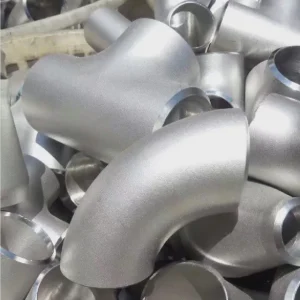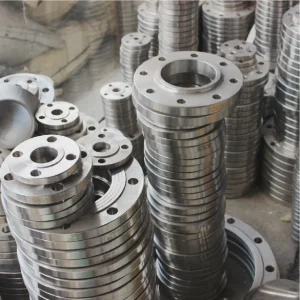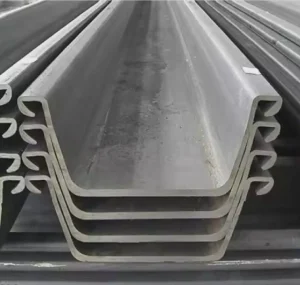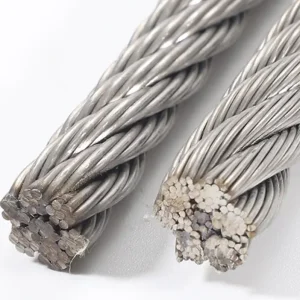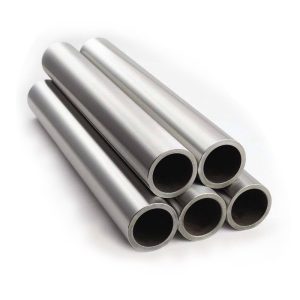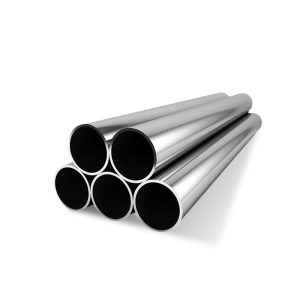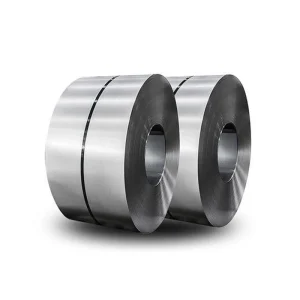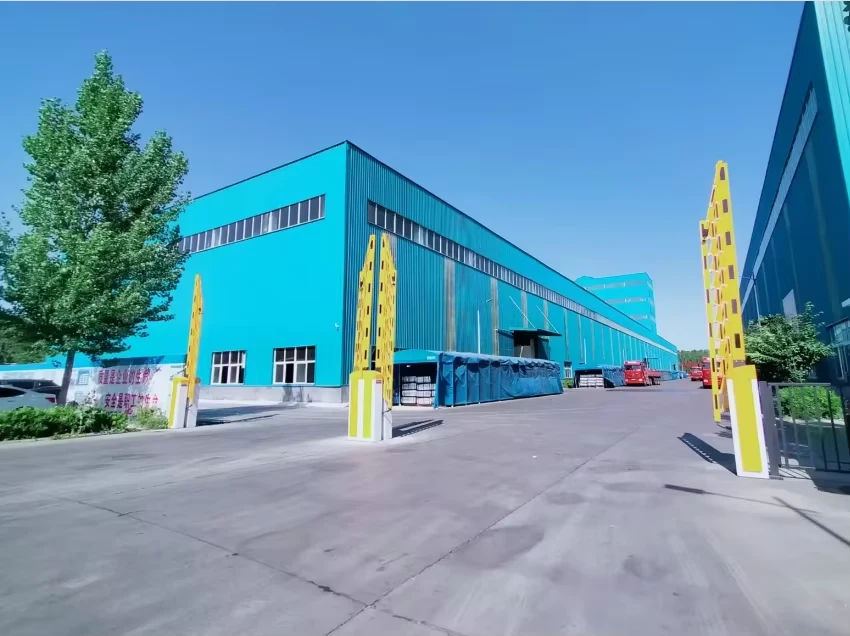When choosing a high-performance aluminum alloy, engineers face a classic dilemma: strength versus cost. Two industry-leading grades—2024 Aluminum and 7075 Aluminum—each offer compelling advantages. Yet their differences in tensile properties, fatigue life, formability, and price per kilogram mean you must balance performance with budget. In this deep dive, we’ll outline five critical tradeoffs between 2024 Aluminum and 7075 Aluminum, structured in a problem–solution–case format, with real data citations, a side-by-side comparison table, a step-by-step selection guide, common pitfalls, first-person insight, and a practical checklist.
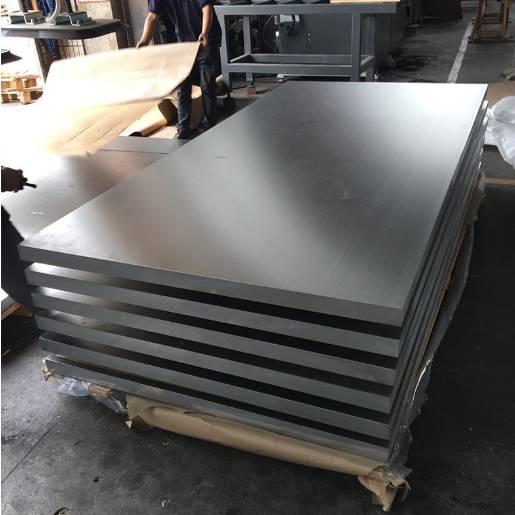
The Challenge—Picking the Right Aerospace Alloy
Aerospace and high-stress applications demand both light weight and high strength. However:
-
2024 Aluminum delivers excellent fatigue resistance but moderate cost.
-
7075 Aluminum sets the benchmark for ultimate strength but at a premium.
Without clear criteria, teams risk overspecifying (wasting money) or underspecifying (compromising safety).
Tradeoff #1—Ultimate Tensile Strength
| Alloy | UTS (MPa) | Yield (MPa) | Source |
|---|---|---|---|
| 2024 Aluminum-T3 | 483 MPa (70 ksi) | 345 MPa (50 ksi) | |
| 7075 Aluminum-T6 | 572 MPa (83 ksi) | 503 MPa (73 ksi) |
2024 Aluminum offers strong performance, yet 7075 Aluminum outpaces it by ~18% in tensile strength. Consequently, 7075 is preferred where maximum load-bearing matters most.
Tradeoff #2—Fatigue Resistance & Endurance
Under cyclic loading, 2024 Aluminum excels due to its Al-Cu-Mg matrix, showing an endurance limit around 138 MPa . In contrast, 7075 Aluminum fatigue strength sits nearer 160 MPa. However, 7075’s higher strength marginally boosts fatigue life in high-stress scenarios. Therefore:
-
Use 2024 Aluminum for moderate fatigue loads and cost efficiency.
-
Use 7075 Aluminum where both high static and dynamic strength matter.
Tradeoff #3—Formability & Machinability
2024 Aluminum (T3 temper) exhibits elongation of 10–15% , allowing tighter bends with lower crack risk. 7075 Aluminum (T6) elongation is ~11–12%, making it less forgiving in deep draws. Machinability favors 7075 Aluminum for CNC operations—its harder matrix machines cleaner, though it work-hardens faster. 2024 Aluminum machines easily but may leave a less sharp finish.
Tradeoff #4—Corrosion Resistance & Surface Treatments
Both alloys benefit from cladding or anodizing. However:
-
2024 Aluminum is more prone to intergranular corrosion without cladding.
-
7075 Aluminum resists general corrosion better but can suffer stress-corrosion cracking if over-aged.
For marine or chemical environments, apply a 0.01–0.05 mm Alclad layer or robust anodizing—though cladding on 2024 Aluminum increases cost and thickness.
Tradeoff #5—Material Cost per Kilogram
| Alloy | Cost (USD/kg) | Source |
|---|---|---|
| 2024 Aluminum | $1.50–$2.50 | |
| 7075 Aluminum | $2.50–$3.50 |
While 7075 Aluminum commands up to 40% higher price, its strength-to-weight ratio can reduce part thickness—offsetting cost in weight-sensitive designs.
Case Study—Aircraft Wing Rib Redesign
I once redesigned a wing rib for a UAV prototype originally in 2024 Aluminum-T3. Under testing, ribs deformed at 60% of expected load. Switching to 7075 Aluminum-T6, we reduced rib thickness by 20%, regained stiffness, and saved 0.5 kg per wing—crucial for flight endurance. Despite 30% higher material cost, overall system performance and weight savings justified 7075 Aluminum.
Step-by-Step Guide—Selecting Your Alloy
-
Define Load Requirements: Static vs dynamic loads; peak stress values.
-
Assess Fatigue Needs: Estimate cycles and stress amplitude.
-
Determine Forming Complexity: Tight bends favor 2024.
-
Set Corrosion Controls: Plan for cladding or anodizing.
-
Calculate Cost Impact: Include price per kg and weight savings.
-
Prototype & Test: Fabricate sample parts in both alloys.
-
Finalize Specification: Cite alloy, temper, thickness, and surface finish.
Transition Phrases in Practice
Moreover, balancing alloy choice with processing costs avoids budget overruns. However, prototyping in both grades is essential. Therefore, plan material trials early. Meanwhile, involve your supply chain to secure best pricing. Consequently, you’ll select the optimal alloy for strength and cost.
Practical Checklist
-
Load & Fatigue parameters documented
-
Forming Needs assessed
-
Corrosion Environment defined
-
Cost/kg compared
-
Prototype Parts made in both 2024 & 7075
-
Surface Treatment plan specified
-
Supplier MTRs obtained
-
Final Alloy & Temper confirmed
Why Partner with Shanxi Luokaiwei Steel Company
For reliable 2024 Aluminum and 7075 Aluminum supply, trust Shanxi Luokaiwei Steel Company:
-
Full Alloy Range: 2000 & 7000 series sheet, plate, and bar.
-
Precise Tempers: T3, T4, T6, T651 available.
-
Value Pricing: Direct mill partnerships cut your costs.
-
Rapid Prototyping: Sample parts in 5–7 days.
-
Quality Certifications: ISO9001, ASTM B209 compliance.
-
Technical Support: Alloy selection and heat-treatment guidance.
Partnering with Shanxi Luokaiwei ensures you get the right 2024 Aluminum or 7075 Aluminum solution—contact them today to discuss your project requirements.



